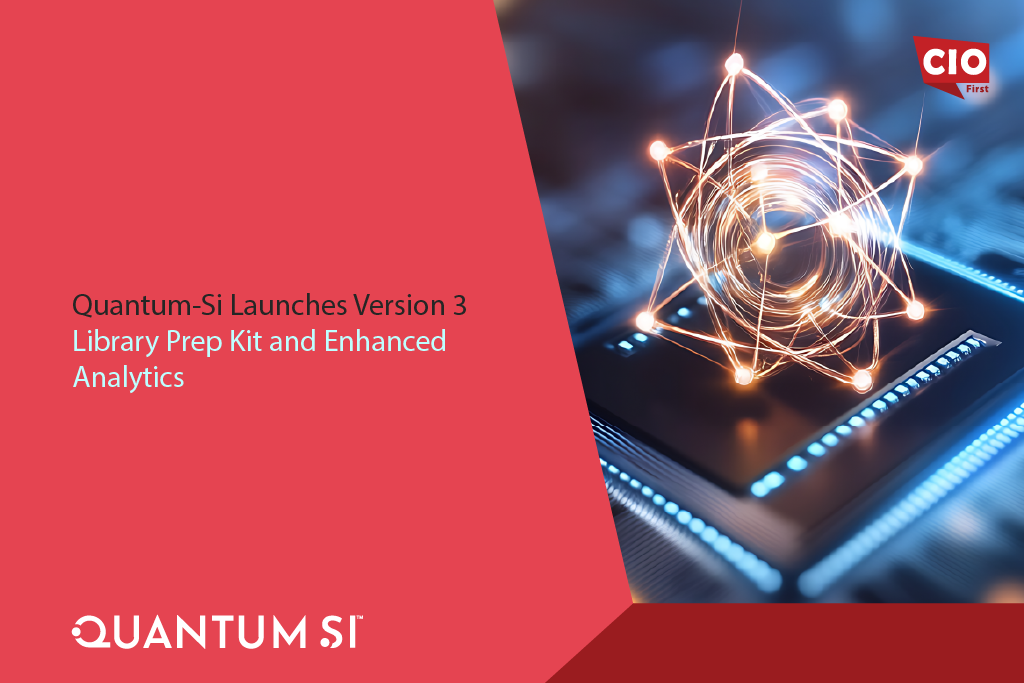Neurala, a leading provider of vision AI software, announced a new version of Neurala VIA that enables the rapid deployment of AI models based on the award-winning Lattice sensAI solution stack and low power Lattice FPGAs. The latest Neurala VIA offers more flexibility, provides advanced edge AI capabilities, and maximizes available compute power, enabling developers to efficiently create and deploy AI models at the edge.
Neurala CEO and Co-Founder, Dr. Max Versace said, “Running AI at the edge is increasingly important to reduce power, latency, minimize bandwidth, and increase data privacy. We’ve many years’ experience making it easy for our clients to create, deploy and customize AI at the edge on a variety of hardware from PCs, to smart phones, all the way to specialized processors and imaging sensors. Leveraging Lattice sensAI, designed to speed customer development and deployment of always-on, on-device AI into a wide range of Edge applications, coupled with this new version of Neurala VIA, it makes deploying AI at the edge and maximizing the use of the available compute, easier than ever before.”
“As AI rapidly transforms various markets and applications, the need for improved efficiency in Edge AI computing is essential,” said Matt Dobrodziej, VP of Segment Marketing at Lattice Semiconductor. “This collaboration with Neurala is a great example of how Lattice’s low power FPGA technology and sensAI solution stack can help accelerate development cycles and enable designers to build and deploy scalable Edge AI applications.”
Also Read: Keysight Introduces QuantumPro Delivering First Integrated EDA Workflow for Qubit Design
The collaboration between Neurala and Lattice marks a significant milestone in advancing edge AI capabilities. By leveraging Lattice‘s FPGA-based machine learning solutions and Neurala‘s VIA platform, developers now have access to a powerful and flexible toolset for efficiently deploying AI models at the edge. This collaboration not only addresses the growing need for higher efficiency, lower power and enhanced data privacy in Artificial Intelligence, but also empowers developers to quickly develop and test sophisticated Deep Learning applications directly at the edge.
SOURCE: BusinessWire























